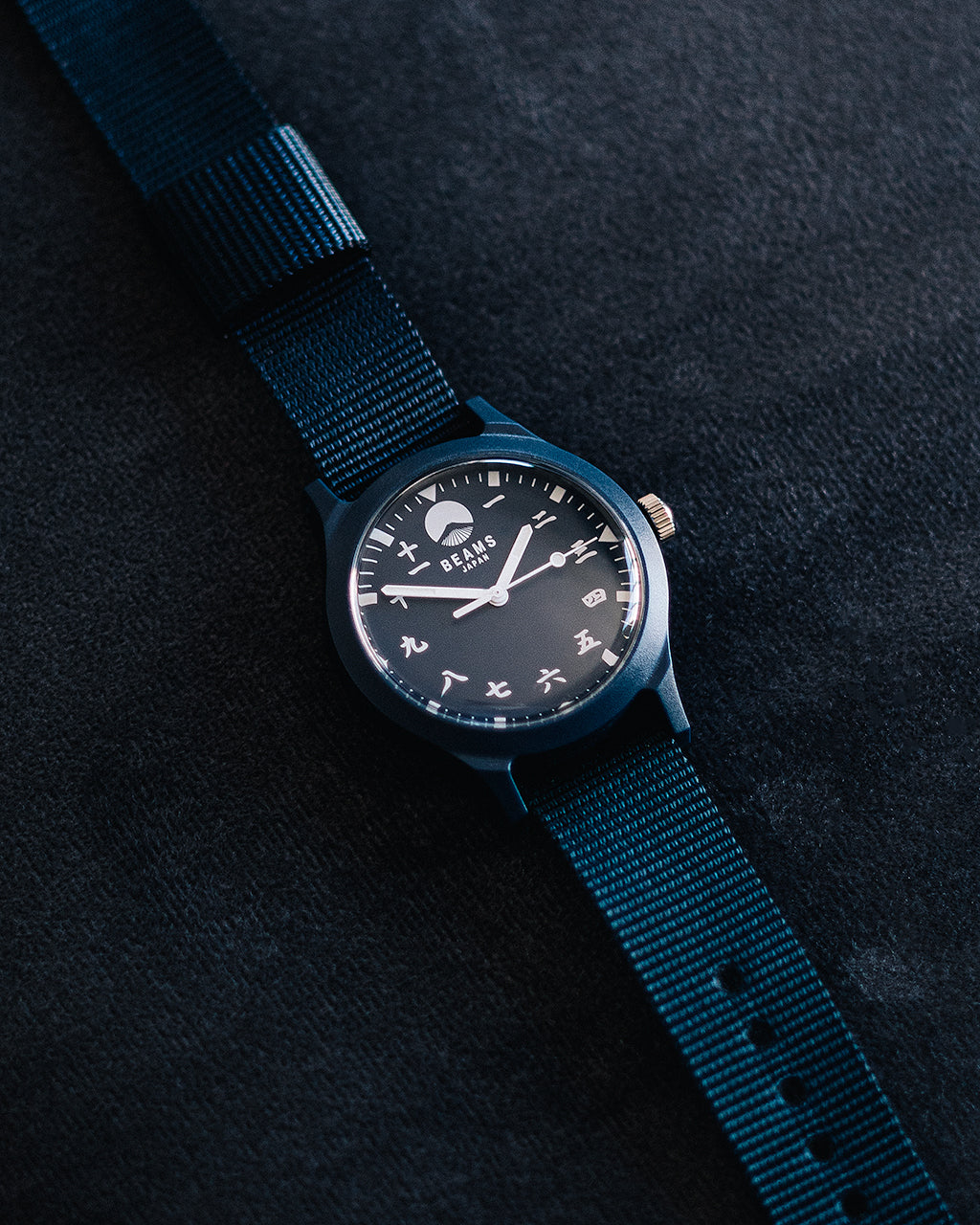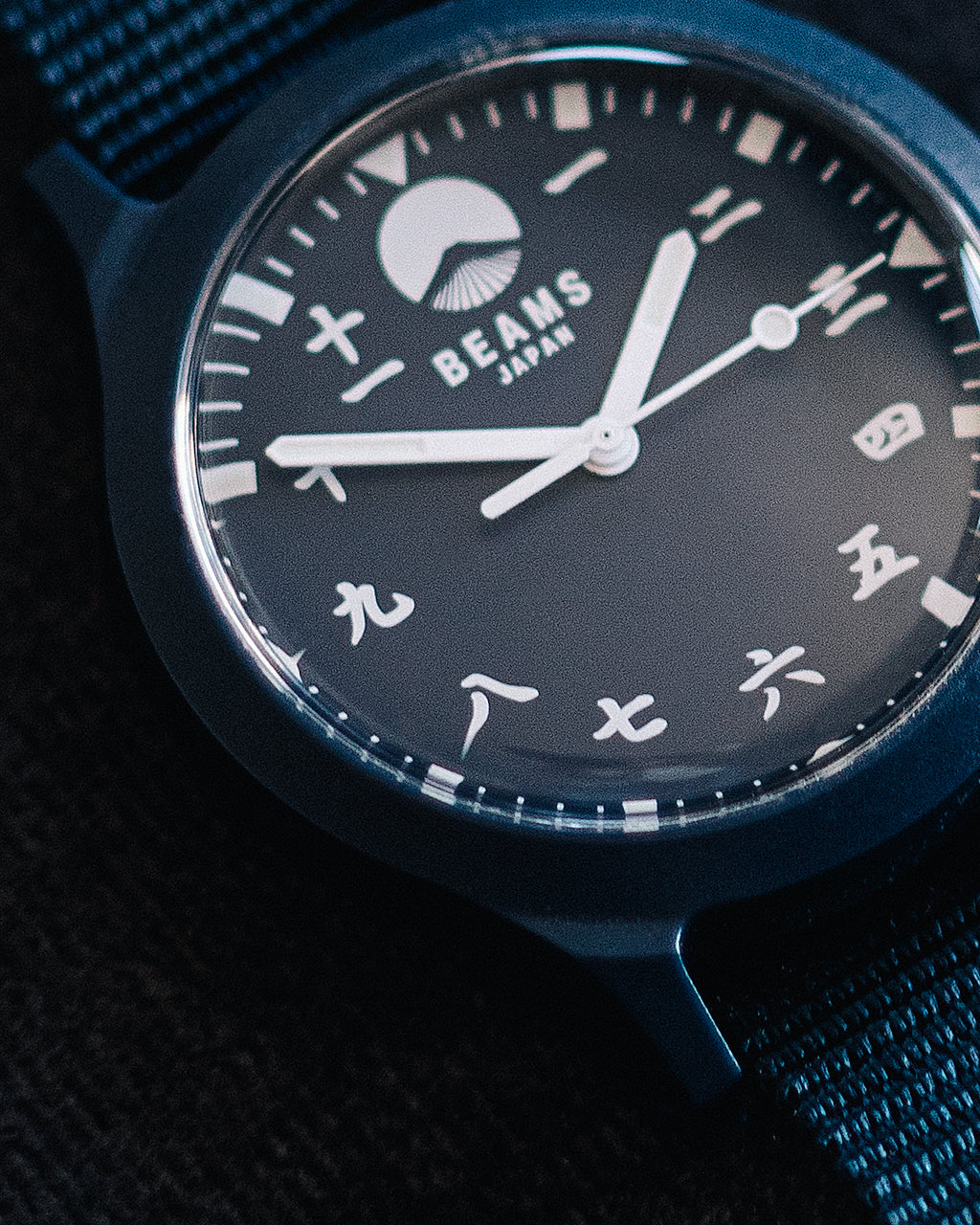
The history of the watch is a fascinating journey through time, technology, and human ingenuity. Originating from the need to measure time more conveniently than with stationary clocks, watches have evolved over centuries to become both practical tools and fashion statements.
Early Timekeeping Devices:
Before the invention of the watch, timekeeping was primarily managed through sundials and water clocks. These ancient devices, while innovative, lacked precision and portability. The quest for more accurate and mobile timepieces began in earnest during the late medieval period.
The Birth of the Portable Clock"
The first significant advancement came with the invention of the mechanical clock in the 13th century. These early mechanical clocks, powered by weights and regulated by escapements, were the precursors to all modern timekeeping devices. However, they were large and not portable.
The Transition to Watches:
The transition from clocks to watches began in the 15th century. The development of the mainspring around 1510 by German locksmith Peter Henlein was pivotal. The mainspring allowed for the creation of smaller, portable timekeeping devices, which could be worn or carried. These early watches, often called "clock-watches," were typically worn as pendants and were as much decorative items as functional ones.
Advancements in Watchmaking:
The 16th and 17th centuries saw numerous advancements in watchmaking. The introduction of the fusee, a cone-shaped pulley, helped regulate the force of the mainspring, improving accuracy. Watches during this period were mostly handmade, and their production was concentrated in regions like Switzerland and England, which became renowned for their craftsmanship.
In the 17th century, the balance spring or hairspring, invented by Christiaan Huygens, significantly improved the accuracy of watches. This innovation allowed for the creation of more reliable pocket watches, which became popular among the European aristocracy.

The Rise of the Wristwatch:
While pocket watches dominated the 18th and 19th centuries, the wristwatch began to emerge. Initially, wristwatches were considered feminine accessories, with men continuing to favor pocket watches. This changed during World War I, when the practicality of wristwatches for military use became apparent. Soldiers needed to synchronise manoeuvres and check time quickly, which was easier with a wristwatch than a pocket watch.
20th Century Innovations:
The early 20th century marked the mass production of wristwatches, thanks to advancements in manufacturing and the rise of companies like Rolex and Omega. The wristwatch became a symbol of modernity and style. Innovations such as the self-winding mechanism, developed by John Harwood in 1923, further enhanced the appeal of wristwatches.
The mid-20th century saw the introduction of electronic watches. The Hamilton Electric 500, released in 1957, was the first battery-powered watch. This was followed by the development of quartz watches in the 1960s and 70s. Quartz technology, introduced by Seiko with the Astron in 1969, revolutionized the industry by offering unprecedented accuracy and affordability. This period, known as the "Quartz Revolution," saw many traditional mechanical watch companies struggle to compete.
The Modern Era:
In the late 20th and early 21st centuries, watches continued to evolve with the advent of digital and smartwatches. Companies like Casio and Apple introduced watches that could do much more than tell time, integrating features such as calculators, GPS, and fitness tracking. The smartwatch era has brought watches into the realm of wearable technology, blending traditional timekeeping with modern digital functionality.
Despite these advancements, there remains a robust market for traditional mechanical watches. Brands like Patek Philippe, Audemars Piguet, and Vacheron Constantin continue to produce high-end, handcrafted timepieces that are revered for their engineering and artistry.
From ancient sundials to sophisticated smartwatches, the history of the watch reflects humanity’s relentless pursuit of precision, convenience, and style. Watches have transcended their original purpose, becoming symbols of technological prowess, personal identity, and cultural heritage. As technology continues to advance, the watch remains a testament to human ingenuity and the timeless quest to measure and master time itself.

